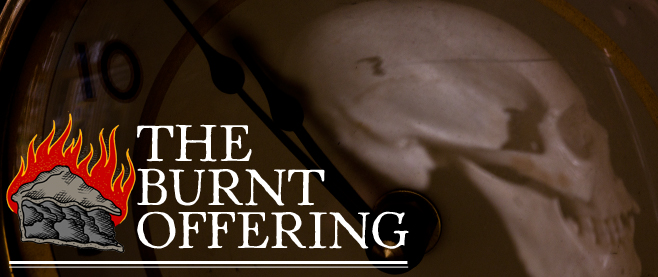Tobacco in Cinema is Making a Comeback

Smoking rates have continued to decline over recent decades. Just last year, the percentage of US adults who smoked cigarettes fell to a historic low of only 11%. It’s a sign of growing awareness of smoking’s adverse health impacts. However, art appears not to imitate life: recent films are showing more and more tobacco use onscreen, raising questions about how this may influence viewers and the reasons behind the resurgence.
The history of smoking in film
The Golden Age of Hollywood began with the introduction of sound film in 1927 and ended in 1960. This coincides with the peak of smoking prevalence worldwide. In 1954, a whopping 45% of the US population was smoking cigarettes. Naturally, cigarettes featured prominently in the films of this age, from “The Pirate”to “To Have and Have Not.” Smoking was used to evoke rebelliousness; like sex, it became a way to establish power dynamics between characters and their inhabited world. It’s why, in the high-school-genre films of the 1980s, you never see the textbook nerds smoking cigarettes, even as smoking restrictions began spreading across the country.
Adult smoking rates began to decline in 1993, eventually falling from 25% to only 13.7% in 2018. Tobacco incidents per film lowered from 48 to 31 in 2019-2021, but from 2022 up to today, it appears the tide has turned. With the revival of period films comes the revival of tobacco. For instance, “Saltburn”is set in 2006 to bypass England’s 2007 indoor smoking ban. In “Maestro,” we see Leonard Bernstein’s shocking three-packs-a-day habit. And in “Oppenheimer,” which is likely to bag the Academy Award for Best Picture this year, the lead character smokes a whopping 3,000 cigarettes.
Today, audiences might look back on these years fondly, but in 2002 and 2010, films featuring smoking made 41% less money at the box office, according to “Tobacco Control.” Smoking depictions in recent films are not always glam or positive; instead, they’re designed to be period-accurate. But as other nicotine products gain traction, they may soon have their moment on the silver screen.
Other nicotine products
Smokefree Media indicates that films that feature smoking in 2023 rose 2% compared to 2022. Given the backdrop of growing smoking bans and sales restrictions in real life, cigarettes in film—perhaps unintentionally—now represent an unattainable, almost fictional quality. This has created a ripple effect in the depiction of other paraphernalia, from vapes, nicotine gums, and nicotine pouches. Regarding nicotine pouch ingredients, these alternatives still contain nicotine, albeit with flavorings, sweeteners, and plant-based materials. To illustrate, ZYN nicotine pouches are tobacco-derived, while ZEO nicotine pouches contain synthetic nicotine. Given the real-life role of such products in smoking cessation, these alternatives are interestingly used in film to depict a character’s willingness to do better. Just recently, the Royal Society of Arts House premiered “How Sweden Quit Smoking,” which is a documentary that included such alternatives in its storytelling of how the Scandinavian country has successfully increased cessation.
Gum is another prop used to signify a uniquely female brand of rebellion, from “Grease” to “Everything Everywhere All At Once.” It may not be a stretch to say that we may see nicotine alternatives in films at some point, especially since nicotine gum interest is increasing. Specifically, a study found that respondents who smoked and were planning to quit were most interested in trying LUCY Gum. Notably, it was women who showed the most interest in the gum relative to interest in traditional smokeless products. New options like nicotine gum could thus present more possibilities for thematic exploration in film.
Despite the heightened depictions of smoking in film, smoking rates haven’t budged, and this may be because of various factors. One, the market is rife with alternatives to cigarettes that are more practical and socially acceptable. Two, today’s audiences may be aware that cigarette depictions are just that—a narrative device evoking nostalgia for an era gone by.




